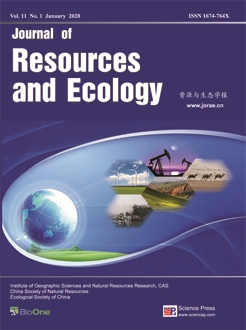Nowadays more and more people reside in metropolitan areas, and the impact of this phenomenon is clearly creating challenges for the environment, the economy and the society at large. It is therefore useful and instructive to consider the issue of optimal city size and review the literature over the past decades on optimal city size theory. Based on the progress in recent years of comparative analysis and inductive research, from both theoretical and empirical perspectives, this paper outlines the original definitions proposed for optimal city size and discusses some of the advantages and disadvantages of the various theories. The two prevailing models in the classical analysis of optimal city size, the Henry George Theorem (HGT) and the neoclassical approach, are examined later. This paper then introduces the supply oriented dynamic model (SOUDY model) and offers a plausible model for optimal city size based on the general equilibrium analysis, which is related to sustainable development. The results show that: (1) Simple optimal city size theories come from the cost-benefit analysis developed by main stream economics, and therefore cannot overcome the defect that the optimal size of cities is the same since the same production function; (2)The Henry George Theorem, which is one of the classical analysis paradigms of optimal city size, has been used more frequently in recent years to research the issues of optimal tax and public goods and has gradually lost its connection to the topic of optimal city size; (3) The neoclassical approach to optimal city size consists of externalities influencing optimal city size, the equilibrium and optimal models for city size, the optimal town, product variety and city size distribution. This kind of research is still in the mainstream of the study of optimal city size. Compared to single optimal city size, more attention is paid to the optimal distribution of city size; and (4) The supply-oriented dynamic model allows for the integration of a spatial dimension into the economic research of optimal city size, and the constraint between city level and city size is relaxed and this has more power to explain real-world problems. At the same time, the general equilibrium analysis, as a significant economic research method, provides a new perspective for the study of optimal city size. The supply-oriented dynamic model and general equilibrium analysis are two new research paradigms that deserve more attention in the analysis of optimal city size.
How to translate text using browser tools
27 January 2020
Development of Optimal City Size Theory: A Critical View
Zhang Yang
ACCESS THE FULL ARTICLE
general equilibrium analysis
Henry George Theorem
neoclassical approach
optimal city size
SOUDY model





